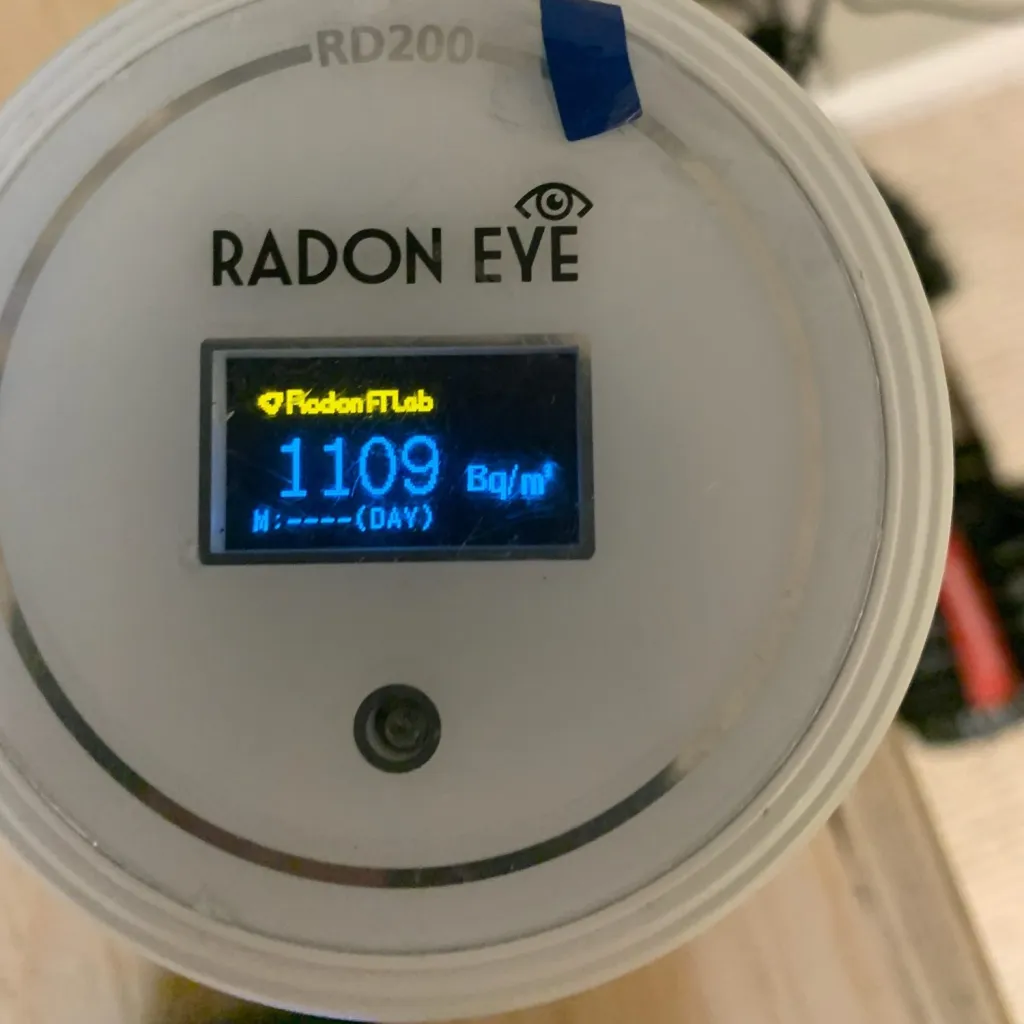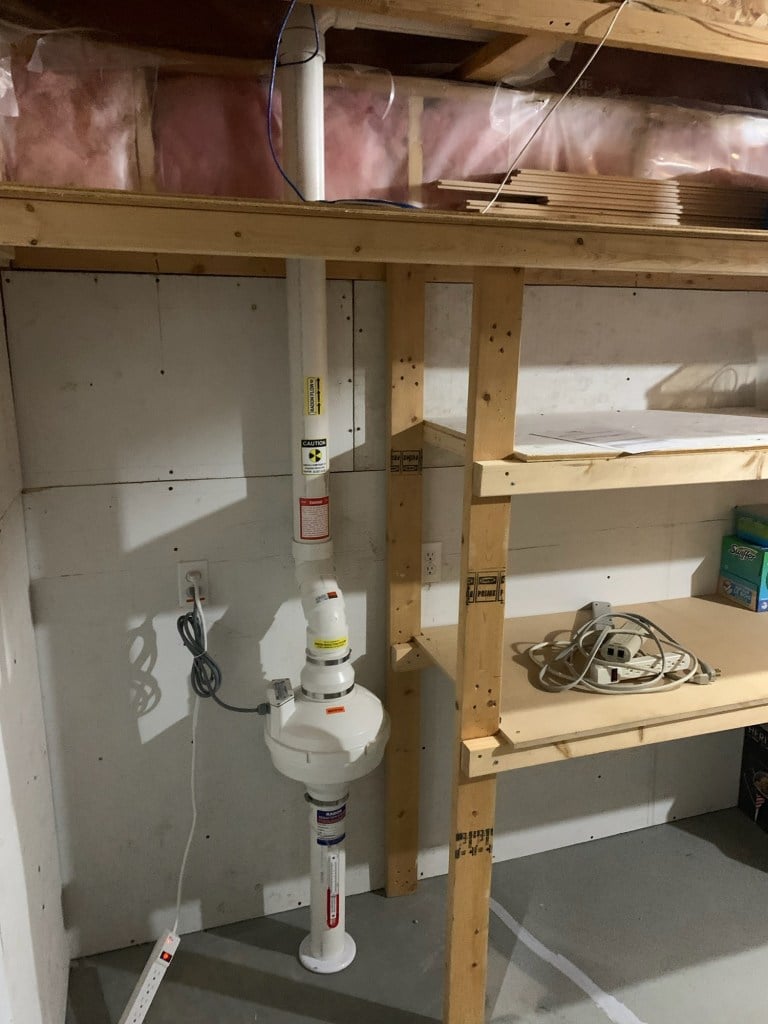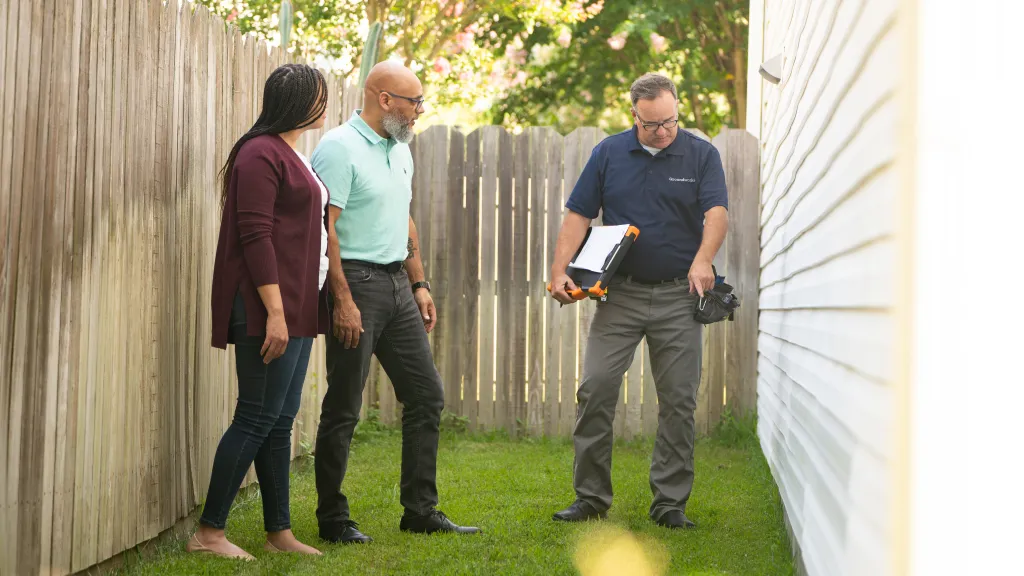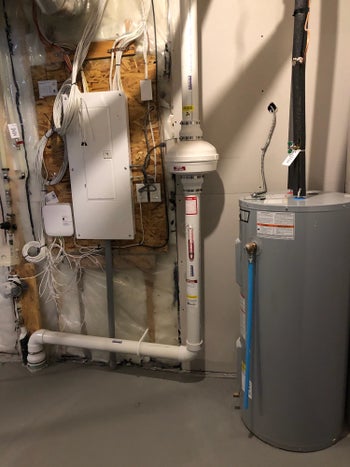Radon and Children: Why You Shouldn’t Wait to Mitigate

Radon, an invisible and odorless gas, poses significant health risks, especially to children. If you’re wondering why test for radon, the answer is simple: it’s the first step in safeguarding your family’s health.
Understanding radon health risks for children is essential for creating a safe home environment. In this article, we’ll explore the dangers of unregulated radon exposure, how the gas can accumulate over time, and what you can do to protect your home from this hidden hazard.

See the full radon infographic
How Does Radon Get Inside?
Radon gas enters homes through various pathways, often exploiting weaknesses in the building’s structure. The most common entry points include cracks in the foundation, walls, and flooring. Even small gaps in construction joints or spaces around utility pipes can act as channels for radon to seep indoors. Homes built on porous soil or with poor sealing are particularly vulnerable, as radon moves through the ground and easily enters through these openings. Basements and crawl spaces, being in direct contact with the soil, are typically the most affected areas.
Additionally, radon can enter through sump pumps, drains, or improperly ventilated crawl spaces. Houses with well water systems may also introduce radon when the gas dissolves into the water supply and is released during activities like showering or cooking. Understanding these entryways highlights why testing for radon is crucial, as the gas infiltrates silently and without odor. By identifying and addressing these vulnerabilities, homeowners can take proactive steps to reduce the radon danger to children and create a safer living environment.
Why Test For Radon?
Radon exposure is the second leading cause of lung cancer in the U.S., and children are particularly vulnerable. Their developing lungs and faster breathing rates increase the absorption of radon, making radon danger to children even more alarming. Studies reveal that kids exposed to high radon levels have a greater lifetime risk of respiratory illnesses.
Testing for radon is the only way to determine its presence in your home. With inexpensive and easy-to-use radon test kits available, there’s no reason to delay. If you’re committed to protect kids from radon exposure, testing is a critical first step. Home radon levels can vary based on factors like location and construction, so even newer homes aren’t immune.
How to Treat Radon in Your Home
Professional radon mitigation is a proven way to reduce exposure and protect kids from radon exposure, ensuring a healthier home environment. If your home tests for radon levels above the Health Canada-recommended levels of 200 Bq/m3, it’s time to call in the experts. Here’s a breakdown of the steps professionals take to safeguard homes and families from radon:

- Testing for Radon Levels: Professionals begin by conducting detailed radon tests to determine the gas’s concentration in your home. This ensures precise identification of areas requiring attention.
- Evaluating Your Home’s Structure: Certified radon mitigators assess the home’s foundation, crawl spaces, and ventilation systems to identify radon entry points.
- Installing a Mitigation System: A common method involves installing a sub-slab depressurization system. This system draws radon from beneath the home and vents it outside, effectively reducing indoor levels.
- Sealing Cracks and Gaps: To minimize radon intrusion, professionals seal foundation cracks, floor gaps, and other vulnerable areas, further enhancing your home’s defenses.
- Ensuring Proper Ventilation: Enhancing ventilation in areas like basements and crawl spaces helps dilute radon concentration and expel it safely.
- Post-Mitigation Testing: After installation, follow-up testing ensures that the mitigation efforts have successfully lowered radon levels to safe limits.
Protect Your Family: Don’t Wait to Mitigate

Ignoring the many radon health risks for children isn’t an option. With the tools and knowledge to test and mitigate radon, you can provide your family with a safe, healthy environment. Remember, the radon danger to children can be significantly reduced with proactive steps.
If you suspect your family may be at risk, contact Groundworks for a free inspection and mitigation estimate. Start today—why test for radon? Because your children’s health depends on it.


